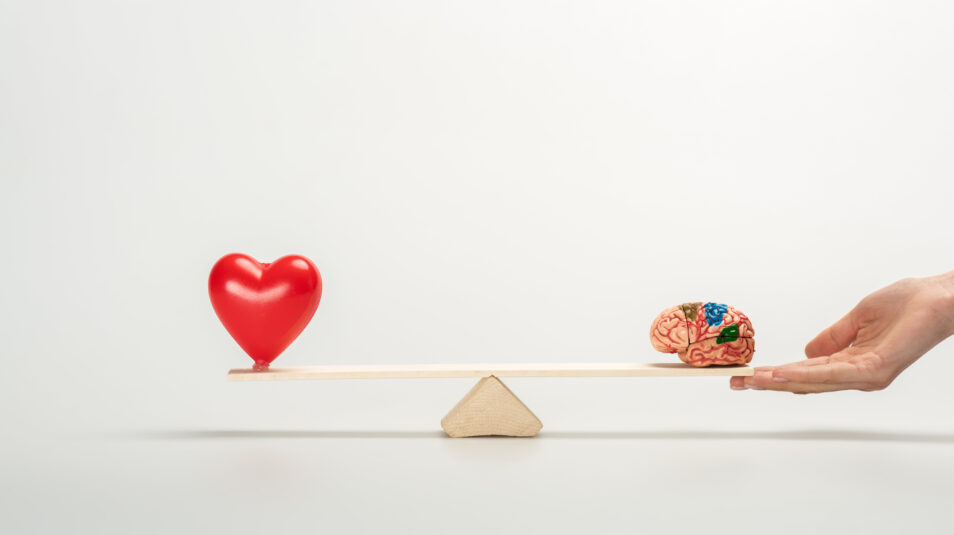Unpacking the Bags to Leadership

Leadership
September 13, 2021
Brenda Yoho
Writer, Coach, Mentor and so much more!
Topics
action plan, Leadership, Leadership Development, Leadership Matters, mental health, PTSD“Please place your carry-on luggage in the storage bins overhead and take your seat. If you have items that will fit under the seats in front of you, please secure them now.”
“As you enter today, please leave your baggage at home so we can focus on the work ahead.”
These statements may sound familiar regarding baggage. Our first direction is to store the luggage away, and we will deal with it later. However, later is not always what we can do regarding the weight this baggage holds.
Think about a situation you have been involved in and then looked at the clock, knowing you had to stop in the middle of it to get to work or your next task. It isn’t easy to get yourself refocused, but we ask everyone to do this, including children. Children get on the bus, come to school and try to put their baggage away, but the sounds echo in their ears, and visions bounce in their minds. Adults do the same things.
Mental Health is an issue many do not find acceptable. We all have mental health needs. Some need more than others, but our minds need as much attention as we give the rest of our bodies. Now is a great time to make a plan for your health!
We have heard the initials PTSD in commercials and stories. It is a post-traumatic stress disorder that is caused by a traumatic event or injury. Medical professionals will make this diagnosis and determination. It is not something you see, much like other mental health issues. Individuals have difficulty with things they cannot see. I can tell you honestly; it is a real issue to deal with in many lives.
Many different things trigger PTSD. It is unpredictable and challenging to determine all of the triggers. Some can be identified and avoided, but others can come out of nowhere. As we continue to recover from a global pandemic causing illness, death, shutdowns, isolation, violence, fears and, the list could continue, what are we doing to support others returning to work or school?
Call for help-an SOS? A new addition to every workplace, organization, and school should be an SOS (System of Support). You have a version of this in an emergency or crisis plan, but this should be an additional protocol to help those dealing with the trauma from the pandemic, trauma of any kind, or mental health needs.
Looking at the data and statistics you will find the following:
- Suicide attempts among adolescents began to increase in May of 2020. February to March 2021 the visits to ER of suspected suicide attempts among girls rose to 50.6 percent compared with 2019.
- 1 in 5 Americans suffers from a mental illness (NIMH).
- Anxiety disorders are the highest reported mental health issue in the US with 42.5 million Americans claiming to suffer from this illness. (Mental Health America).
- Mental illnesses start showing symptoms by age 14 (National Alliance on Mental Illness),
- Mental health crises account for 60 million visits to primary care and 6 million ER visits annually. (Centers for Disease Control and Prevention),
- 40 million Americans suffer from anxiety (Anxiety and Depression Association of America).
Source 1 and Source 2
SOS Action Plans
- Assess company/organization/school readiness to address trauma, trauma needs, mental health, and responses
- Trauma-sensitive and mental health training
- Resources
- Supports (Partnerships with community resources, additional staff.)
This is a short four-step action plan with a great deal of work needed to bring it forward. Readiness, training, resources, and collaborative supports are essential pieces for a system of support. I am always happy to help in any way I can, as I am sure others will. This work is essential to help transition everyone back together and to continue to deal with trauma.
Example Plan Template
| Key Objective | Action Steps | Timeframe | Resources Needed/Have | Benchmark | Success/
Completed |
Leader/Team Responsible |
| Staff is receptive to change | Create
Survey for Staff |
August 23-27 | Electronic Survey- | Check status of completed surveys | Leadership team | |
| Training for trauma-informed strategies | Secure facilitators
Set training dates and place |
|
||||
| Resources allocated for implementing trauma-sensitive environment | ||||||
| Connecting with organizations, community partners |






